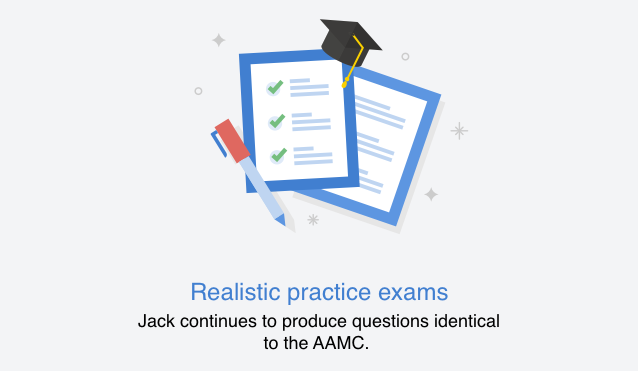An especially popular model that describes the dynamics of persuasion is the elaboration likelihood model of persuasion with its two main routes that play a role in delivering a persuasive message: central and peripheral.
The elaboration likelihood model considers the variables of the attitude change approach—that is, features of the source of the persuasive message, contents of the message, and characteristics of the audience are used to determine when attitude change will occur. According to the elaboration likelihood model of persuasion, there are two main routes that play a role in delivering a persuasive message: central and peripheral (Figure 1).

Figure 1. Persuasion can take one of two paths, and the durability of the result depends on the path.
The central route is logic-driven and uses data and facts to convince people of an argument’s worthiness. The central route to persuasion works best when the target of persuasion, or the audience, is analytical and willing to engage in processing of the information.
The peripheral route is an indirect route that uses peripheral cues to associate positivity with the message. Instead of focusing on the facts and a product’s quality, the peripheral route relies on association with positive characteristics such as positive emotions and celebrity endorsement.









